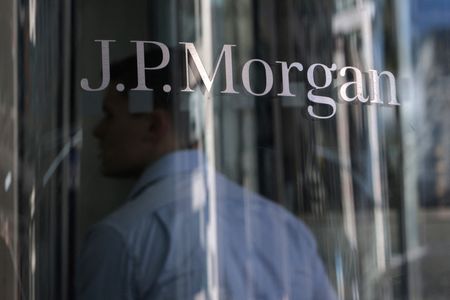By Mehnaz Yasmin
(Reuters) – Three major U.S. banks are raising their prime lending rates to the highest levels since the global financial crisis of 2008, following a hefty interest rate hike by the U.S. Federal Reserve.
JPMorgan Chase & Co, Citigroup Inc and Wells Fargo & Co said on Wednesday the new rates, including the latest 75 basis point hike, would take effect on Thursday.
GRAPHIC: Prime lending rates of U.S. banks Prime lending rates of U.S. banks https://graphics.reuters.com/US-BANKS/US-BANKS/dwvkrxxknpm/qCzFA-prime-lending-rates-of-u-s-banks.png
The U.S. central bank has remained steadfast in its decision to keep raising rates until data shows a sustained pullback in consumer prices.
On Wednesday, Fed Chair Jerome Powell said U.S. central bank policymakers are “strongly resolved” to bring down inflation from the highest levels in four decades and “will keep at it until the job is done,” a process he repeated would not come without pain.
Central bankers are now expecting rates to rise to 4.6% by the end of next year, according to the median estimate of all 19 Fed policymakers.
A hike in interest rates typically boosts a bank’s profit, since it can earn more net interest income – a metric that gauges the difference between the money banks earn on loans and pay out on deposits.
However, higher interest rates can shackle the economy and squeeze consumer demand for loans, which can ultimately hurt lenders.
“Higher interest rates are going to lead to a slowdown in both consumer borrowing as well as corporate borrowing,” said Lance Roberts, chief investment strategist and economist at RIA Advisors.
“This is going to impact economic growth to a great degree as we move further into 2023,” he added.
Expectations of how aggressively the Federal Reserve will raise rates in its fight against inflation hit a fresh high of 4.64% from 4.45% last week, Refinitiv data showed.
The higher terminal rate is expected to push up the banks’ lending rates even further.
(Reporting by Niket Nishant and Mehnaz Yasmin in Bengaluru; Editing by Shinjini Ganguli, Shailesh Kuber and Anil D’Silva)
